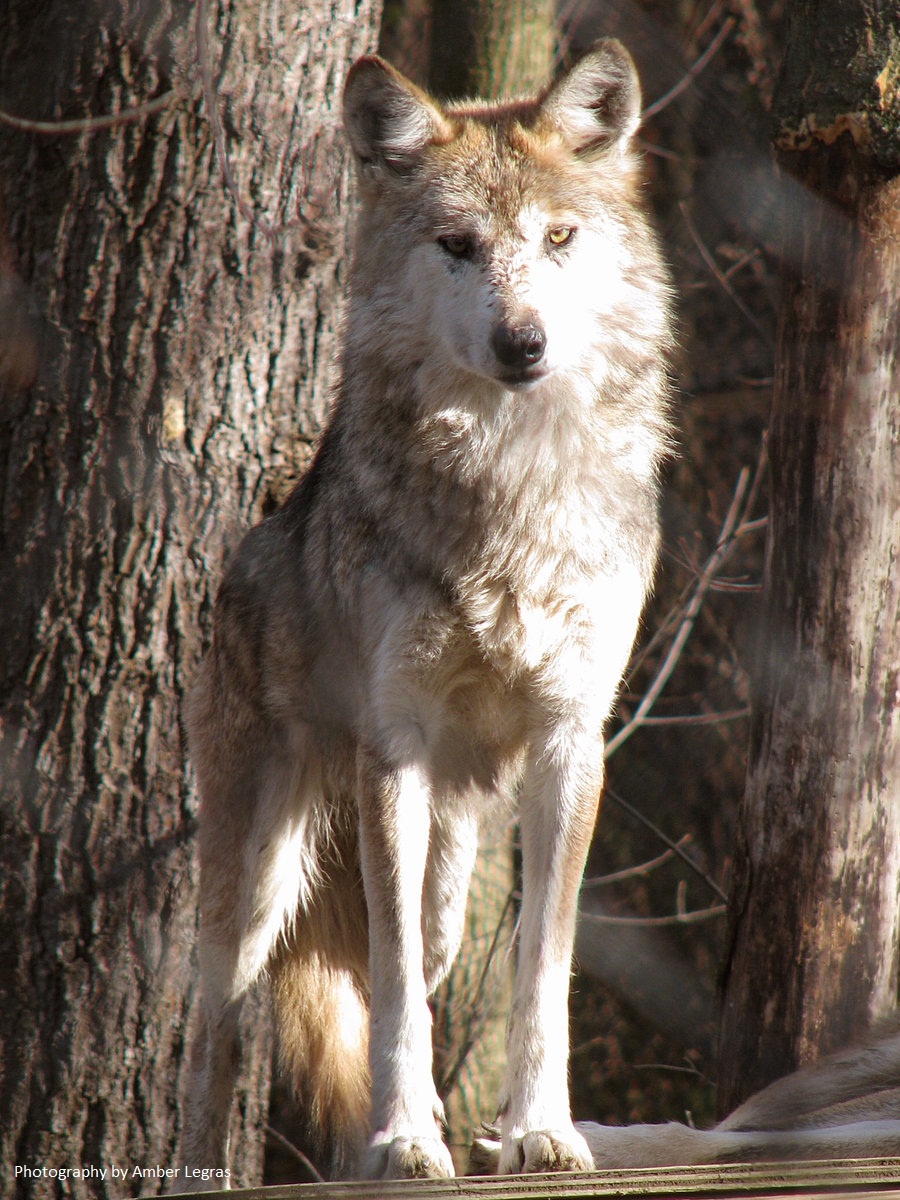03
Apr
15th Anniversary of Mexican Gray Wolf Reintroduction

ALBUQUERQUE, N.M. – It was more than 15 years ago, on March 29, 1998, when the first Mexican gray wolves were re-introduced into the wild in the Southwest.
David Parsons was the first Mexican wolf recovery coordinator for the U.S. Fish and Wildlife Service at the time. The now-retired wildlife biologist said he believes every wild animal should be allowed to exist in nature. He said modern science on wolf ecology is increasingly documenting the important role the Mexican wolf plays in ecosystems, and provided an example from Yellowstone National Park.
“When the wolves were taken out of Yellowstone National Park, the elk populations exploded and they essentially ate everything down to the ground,” he recalled. “The beavers disappeared and songbirds disappeared. And with the return of the wolves, we’re now seeing the reverse of that. So, they really are important in maintaining biodiversity in our ecosystems,” Parsons said.
According to Parsons, when Mexican wolves were eradicated from the wild in the early 1900s, only seven animals were saved and those seven were bred in captivity for years before being returned to the wild. Geneticists who have been studying the situation have recommended solutions to inbreeding which include releasing more wolves into the wild. Scientists had thought there would be more than 100 lobos in the wild by the end of 2006. So far, there are only 75.
According to the biologist, the project has not gone as predicted. Parsons acknowledges that 75 wolves in the wild is the highest number ever reached by that population. But the number is still lower than scientists had expected. Among the reasons for that are illegal killing, cars, and natural causes. But one of the main issues concerns policies followed by the Fish and Wildlife Service.
“For many years the agency was removing too many wolves from the wild to address conflict between wolves and livestock,” Parsons charged. “And we were more or less forced politically to put boundaries around the recovery area.”
Those boundaries are still at issue today. The Center for Biological Diversity filed a lawsuit last week challenging a Fish and Wildlife Service permit that allows federal and state agencies to capture wolves that enter New Mexico and Arizona from either the north or south and keep them in captivity indefinitely.
Parsons said however that the future of the Mexican wolves could still be bright, depending upon how the re-introduction project is managed.
“The agencies have been lagging way behind in terms of getting the wolves released into the wild,” he asserted. “The most looming problem is one relating to the genetics, problems that lead to inbreeding, depression.”
Parsons said that responding to these challenges by increasing the number of wolves released into the wild is something the agencies in charge have thus far failed to do.
Those 75 surviving wolves and the re-introduction program will be celebrated from 6 to 10 p.m. this Friday at O’Neill’s Pub in Albuquerque.
*****
This story appeared on the Public News Service website on April 2, 2013.
You can listen to the audio broadcast of this story here.
You can meet Dave Parsons and a slew of other wolf advocates at the 15th Anniversary Celebration at O’Neill’s Pub in Albuquerque this Friday. Click here for more information.
Photo credit: Amber Legras



